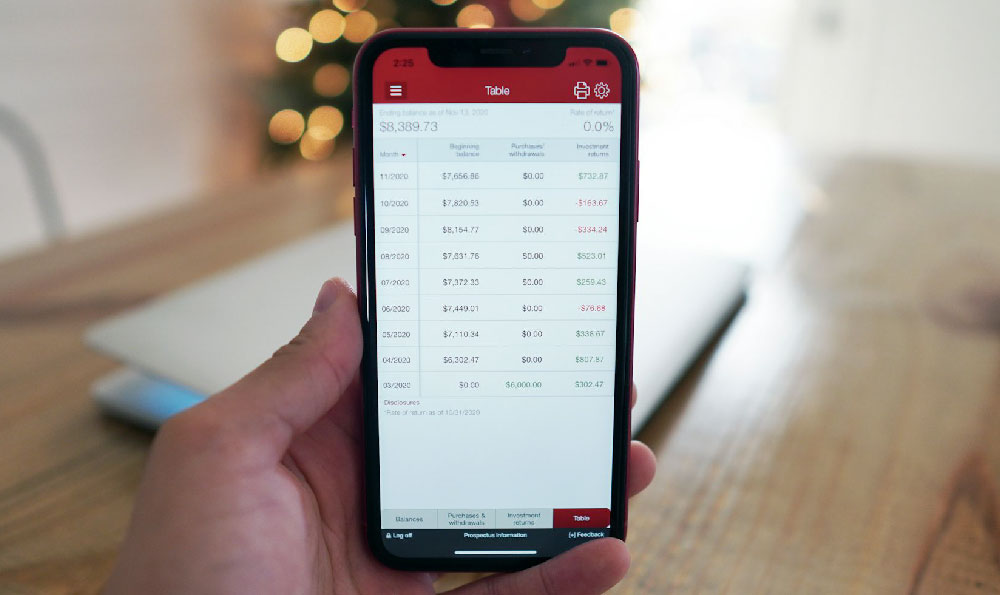How to Automate Vanguard Investments? Should You Automate at Vanguard?
Automating your Vanguard investments is a strategic move for long-term financial growth. Vanguard, renowned for its low-cost index funds and ETFs, offers a robust platform that lends itself well to automation. The core question isn't simply can you automate, but should you, and if so, how? This article delves into the nuances of Vanguard automation, exploring its benefits, potential drawbacks, and practical steps for implementation, designed to inform both novice and seasoned investors.
Why Automate Your Vanguard Investments?
The allure of automation stems from its ability to combat common investor pitfalls. Emotional decision-making, often driven by market volatility, can lead to buying high and selling low – a recipe for disaster. Automation removes this emotional element, ensuring consistent investment behavior aligned with a pre-determined strategy.

Dollar-cost averaging (DCA) is a prime example of a strategy perfectly suited for automation. DCA involves investing a fixed amount of money at regular intervals, regardless of market fluctuations. When prices are high, you buy fewer shares; when prices are low, you buy more. Over time, this approach can smooth out volatility and potentially lower your average cost per share. Automating DCA through Vanguard ensures this strategy is consistently executed, even when you're busy or tempted to deviate.
Furthermore, automation fosters discipline. Setting up recurring investments eliminates the temptation to procrastinate or skip contributions. This consistent investing behavior is crucial for compounding returns, allowing your investments to grow exponentially over time. Think of it as planting a seed regularly – each seed might not seem significant on its own, but over time, they grow into a flourishing garden.
Weighing the Pros and Cons of Vanguard Automation
While automation offers numerous advantages, it's essential to acknowledge potential drawbacks. One key consideration is the loss of direct control. Once automated, your investments will follow the pre-set schedule and allocation, regardless of short-term market events. This can be unsettling for some investors who prefer a more hands-on approach.
Another potential downside is the risk of inertia. Once automation is in place, it's easy to become complacent and neglect periodic reviews of your portfolio. Market conditions and your personal circumstances can change over time, necessitating adjustments to your investment strategy. Therefore, it's crucial to schedule regular check-ins to ensure your automated investments remain aligned with your goals and risk tolerance.
How to Automate Your Vanguard Investments: A Step-by-Step Guide
Vanguard provides several options for automating your investments, each catering to different needs and preferences.
-
Automatic Investments: This feature allows you to schedule regular transfers from your bank account into your Vanguard mutual funds or ETFs. You can specify the amount, frequency (e.g., monthly, bi-weekly), and the specific funds to invest in. This is the cornerstone of dollar-cost averaging.
-
Automatic Rebalancing: Over time, your portfolio's asset allocation may drift away from your target due to varying market performance. Automatic rebalancing periodically adjusts your holdings to restore your desired asset allocation. Vanguard offers this service, either on a schedule you define (e.g., quarterly, annually) or when your asset allocation deviates by a certain percentage.
-
Target Retirement Funds: While not technically "automation" in the same sense as the above, target retirement funds are a powerful way to automate your entire investment strategy. These funds automatically adjust their asset allocation over time, becoming more conservative as you approach your retirement date. This hands-off approach simplifies retirement planning, making it ideal for investors who prefer a completely passive strategy.
Implementing Your Automated Investment Strategy
-
Define Your Investment Goals: Before automating anything, clearly define your financial goals. What are you saving for? When do you need the money? How much risk are you willing to take? These answers will guide your asset allocation and investment strategy.
-
Choose Your Investments: Select the Vanguard funds or ETFs that align with your investment goals and risk tolerance. Consider diversifying across different asset classes (e.g., stocks, bonds, real estate) to mitigate risk. Vanguard's index funds are a popular choice due to their low costs and broad market exposure.
-
Set Up Automatic Transfers: Log in to your Vanguard account and navigate to the "Automatic Investments" section. Link your bank account and specify the amount, frequency, and fund allocations for your recurring investments.
-
Configure Automatic Rebalancing (Optional): If you prefer a more hands-off approach to maintaining your asset allocation, consider setting up automatic rebalancing. Determine your desired rebalancing frequency and threshold.
-
Monitor and Adjust: Don't set it and forget it. Regularly review your portfolio's performance and asset allocation. Adjust your investment strategy as needed based on changes in your goals, risk tolerance, or market conditions.
Avoiding Common Pitfalls
-
Ignoring Your Risk Tolerance: Don't choose investments solely based on potential returns. Carefully assess your risk tolerance and select investments that you're comfortable holding even during market downturns.
-
Neglecting Portfolio Diversification: Diversification is crucial for mitigating risk. Avoid putting all your eggs in one basket. Spread your investments across different asset classes, sectors, and geographic regions.
-
Ignoring Fees: While Vanguard is known for its low fees, it's essential to be aware of the expense ratios of your chosen funds. Even small fees can erode your returns over time.
-
Panicking During Market Volatility: Market downturns are inevitable. Resist the urge to sell your investments during periods of volatility. Remember your long-term investment goals and stick to your plan.
Conclusion: Is Automation Right for You?
Automating your Vanguard investments can be a powerful tool for achieving your financial goals. By removing emotional decision-making and fostering consistent investment behavior, automation can help you build wealth over time. However, it's essential to weigh the pros and cons and implement your strategy thoughtfully. By defining your investment goals, choosing appropriate investments, and monitoring your portfolio regularly, you can harness the power of automation to achieve financial success. Automation isn't a replacement for financial literacy, but a tool that enhances a well-thought-out investment plan.















